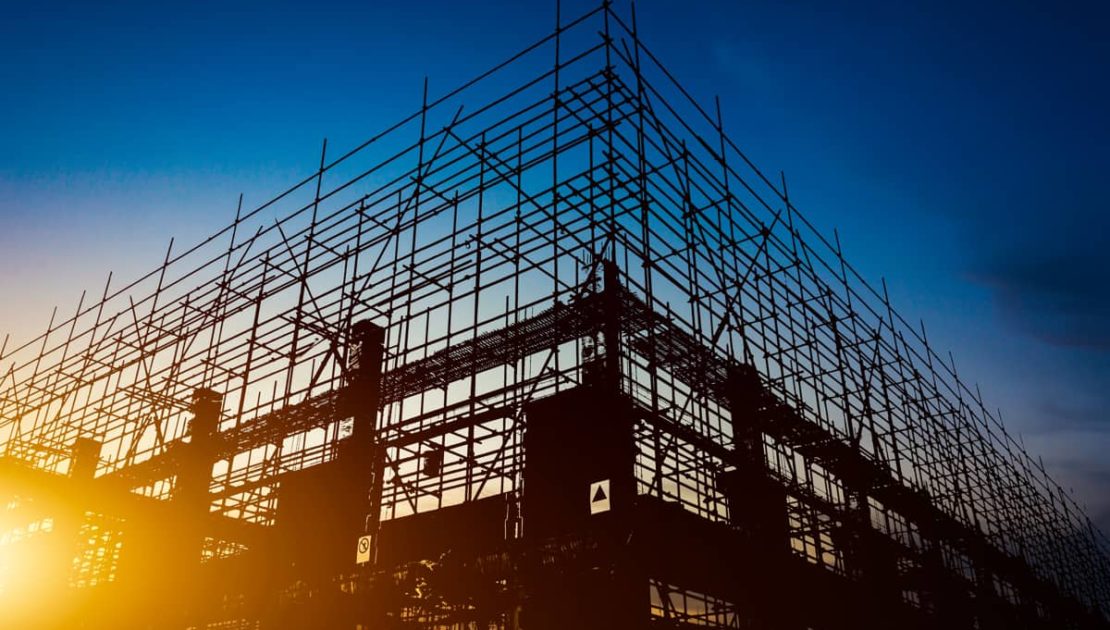The Future of Smart Construction: Integrating Technology with Ready-Mix Concrete
The Future of Smart Construction: Integrating Technology with Ready-Mix Concrete
- October 15, 2023
- Posted by: Mir Ready-mix Concrete
- Category: General Construction, Green Building, Ready Mix Concrete

Ready-mix concrete, a building mainstay, is undergoing an exciting transition highlighted by innovation and sustainability. This impending shift is dependent on improving concrete’s key properties: strength, durability, and environmental friendliness.
Innovative procedures include the use of powerful additives for strengthened strength and better workability, as well as eco-friendly activities such as replacing cement with supplemental materials and recycling destroyed concrete. The horizon also heralds the beginning of a digital era, combining concrete with real-time monitoring and automation.
As we read on, it becomes evident that the combination of technology and tradition is propelling building into an era marked by robust, eco-conscious, and technologically enabled concrete solutions. This combination reshapes the underlying character of building, suggesting a future in which strength meets sustainability at the heart of every structure.
Checklist
The Role of Ready-Mix Concrete in Construction
Ready-mix Concrete has become the cornerstone in the building industry, providing customised solutions that redefine efficiency, sustainability, and structural reliability.
Significantly because it is pre-mixed and customizable, it not only simplifies building procedures but also reduces costs while increasing quality.
- Time and Cost Savings: Ready-mix concrete saves time and money by being custom-made at a factory to exact specifications. Eliminating on-site mixing decreases waiting time, material waste, labour requirements, and storage costs, resulting in a more streamlined and cost-effective building process.
- Environmental Advantages: When compared to other construction materials, the constituents of ready-mix concrete – water, aggregate, and cement – have a lesser environmental effect. Furthermore, any leftover materials may be recycled or repurposed, increasing sustainability and reducing waste.
- Improved Quality Assurance: Unlike conventional concrete, ready-mix concrete assures constant quality, reducing mix variability problems. This dependability improves structural integrity, resulting in stronger and longer-lasting structures while reducing the dangers associated with low-quality concrete mixtures.
- Versatility & Customisation: The customisable nature of ready-mix concrete enables for bespoke batches for unique project requirements. This flexibility enables the production of concrete batches appropriate for a wide range of applications, from foundations to specialised buildings such as ponds, providing variety in construction projects.
- Long-Term Durability and Low Maintenance: Because of the inherent strength and durability of ready-mix concrete, structures require little maintenance over time. While little maintenance may be required, the general durability of concrete considerably saves long-term maintenance costs when compared to alternative materials.
Environmental Impacts of Ready-Mix Concrete in Construction: Mitigation Strategies and Sustainable Solutions
The environmental consequences of using ready-mix concrete in building can be significant, although careful management and the use of sustainable methods can mitigate these effects. The following are the major environmental consequences of utilising ready-mix concrete:
- Energy Consumption: The manufacturing of cement, a critical component of concrete, is an enormously energy-intensive operation that adds to greenhouse gas emissions. Furthermore, shipping and mixing concrete need a significant amount of energy.
- Water Use: Concrete manufacturing frequently necessitates large amounts of water, possibly straining local water supplies and ecosystems.
- Air Pollution: Cement manufacture and concrete mixing can cause air pollution, which can cause respiratory problems and other health difficulties.
- Waste Generation: Concrete manufacturing produces a substantial amount of trash, including underutilised resources, which contributes to landfill accumulation and environmental issues.
- Land Requirement: The manufacture and transportation of concrete need extensive land usage, potentially putting local ecosystems and habitats under stress.
Adopting sustainable practices in concrete manufacturing and use is critical to mitigating these environmental implications.
This entails employing alternative resources such as recycled concrete and incorporating renewable energy sources into manufacturing and transportation.
Proper waste management during construction, as well as minimising resource usage such as water, is critical for reducing these effects.
Integrating Technology into Ready-Mix Concrete
The incorporation of technology into ready-mix concrete indicates a profound change in the construction scene.
A significant invention emerges as an in-transit concrete management system, revolutionising the typical concrete delivery process. This technological and concrete production synergy ushers in a new era of accuracy and efficiency.
Producers obtain exceptional benefits by leveraging data-driven controls, from satisfying demanding performance-based standards to optimising mix designs in real-world situations.
Slump management automation not only assures constant quality but also simplifies worksite operations, minimising truck time and waste.
This integration does more than boost efficiency; it marks a step towards standardised quality, decreased waste, and optimised operations in the ready-mix concrete industry.
Conclusion
The combination of technology and ready-mix concrete is ushering in a new age in building. This collaboration offers increased efficiency, sustainability, and precision in construction operations. The combination of innovation and tradition not only strengthens structural integrity but also promotes environmental awareness.
As we approach this point, it’s clear that technology isn’t just improving concrete; it’s altering the fundamental nature of building. This synergy sets the way for a future in which each structure stands as a tribute to the marriage of strength, sustainability, and technology innovation, from reducing environmental consequences to maintaining consistent quality and simplifying operations.
Frequently Asked Questions (FAQs)
How environmentally friendly is concrete?
Concrete has a long life cycle and is durable, making it an energy-efficient and ecological building material. The fundamental issue, however, is the production of cement, the key component of concrete. Cement manufacturing is the world’s third largest source of man-made, global-warming CO2.
Is reinforced concrete environmentally friendly?
Long-lasting, environmentally friendly construction. Reinforced concrete now is a considerably greener and more adaptable material. On several fronts, significant environmental effect improvements are being made, including cement manufacturing and the utilisation of recovered cementitious materials diverted from the waste stream.
Is concrete a sustainable material?
Due to the great density of concrete, heat loss is minimised. This results in reduced energy usage, as there is no need for additional heating or cooling. This saves money and reduces the environmental effect of the structure during its lifetime.
